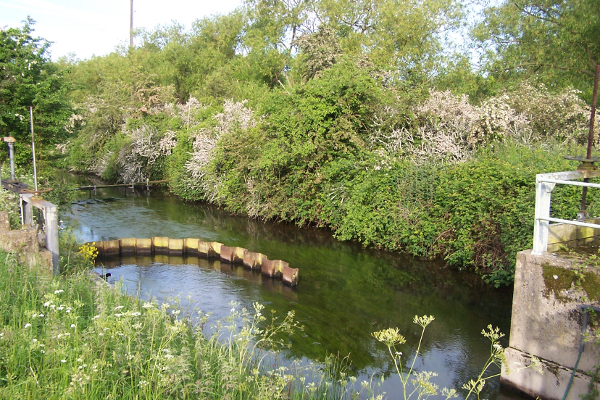Observations

May – June 2019
May and June are at the same time the close season for duck counting, and peak season for breeding surveys and nest monitoring. With our duck counter mainly counting broods of ducklings, there are few headline numbers to report, other than counts of 319 Gadwall and 19 Pochard logged in June, and our summer Mute Swan herd growing again to a maximum of 31. A pair of Shelducks presented two ducklings, but sadly these both failed to fledge. A male Garganey was on site for much of May and June, but seemed unable to find a lady friend. A more unusual visitor was only our second Mandarin Duck of the past fifteen years, a male.
This is often a good period for waders at Rye Meads, and so it proved this year. Besides the usual Lapwing, Oystercatcher, Snipe, Redshank, and Green Sandpipers, there were up to three Little Ringed Plovers, a surprise with a Spring Grey Plover, three Whimbrels, three Black-tailed Godwits, a couple of Dunlins, and perhaps the pick of the bunch, only the fifteenth record for Rye Meads of Spotted Redshank.
The bird of the period was however our third record of Spoonbill, which flew north early one morning.
May and June is the period when any walk around the North Lagoons means being deafened by the Black-headed Gull colony, with the occasional Common Tern struggling to make itself heard. No other notable Laridae to report.
Best Raptor record was the young male Marsh Harrier which appeared on three dates. Aside from that, the usual Sparrowhawks, Red Kites, Buzzards, Hobbies and Peregrines were noted. A pair of Kestrels fledged six chicks from the nestbox on the RSPB Carpark pylon.
Encouragingly, there were two males and a female Cuckoo through most of the period, and at least one chick has been reared. Interesting midsummer visitors included a solitary Rook, and a Nuthatch, a pair of Coal Tits, and a Treecreeper seen twice.
Two pairs of Grasshopper Warblers were observed feeding young, and a count of nine Lesser Whitethroats in June was particularly notable – we’ve recorded ten just five times in the past 23 years, and those have usually been Autumn migration counts. Otherwise, there seem to be lots of juvenile Blackcaps and Chiffchaffs around the site, boding well for Autumn numbers. It was also nice to find a Spring Yellow Wagtail, and up to four Linnets on a few dates, though sadly no sign of breeding on site.
